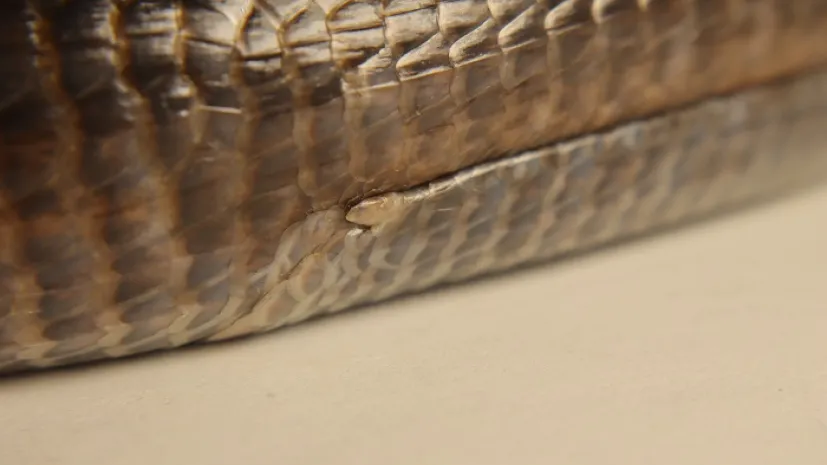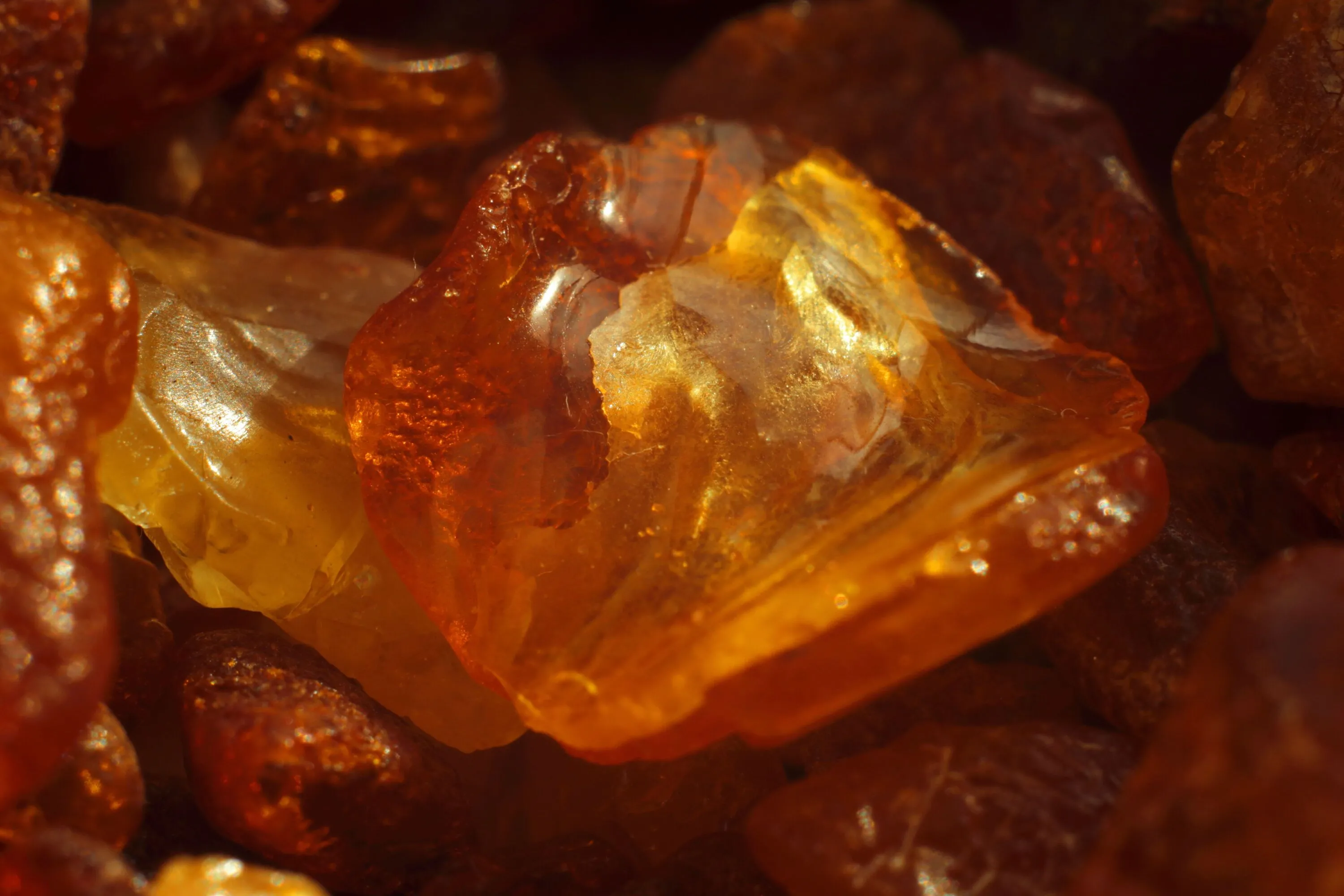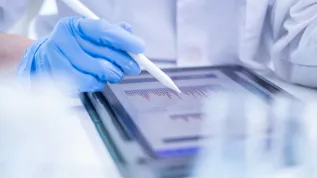-
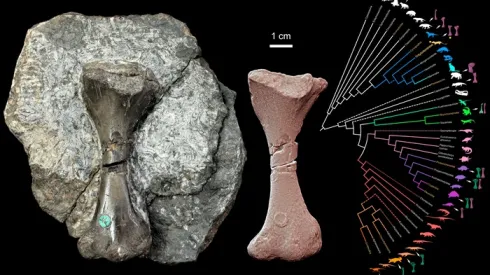
Scottish femur not of turtle, but of mammal ancestor, says Polish expert
Paleobiology is full of enigmatic fossils. Another such example is a small bone from the Triassic period, discovered 184 years ago in Scotland and examined many times. New analyses have shown that it is not a turtle bone, but a bone of a cynodont, an ancestor of mammals.
-
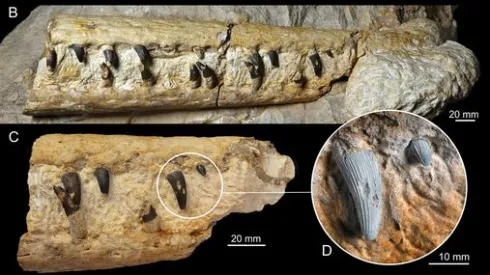
Researchers re-examine ancient crocodylomorph from Załęcze Wielkie
Scientists have re-examined the remains of a prehistoric marine reptile found in the 20th century in the village of Załęcze Wielkie (Łódź province). This distant relative of modern crocodiles was about four metres long and had a visible jaw injury, which it probably suffered in the first years of its life.
-
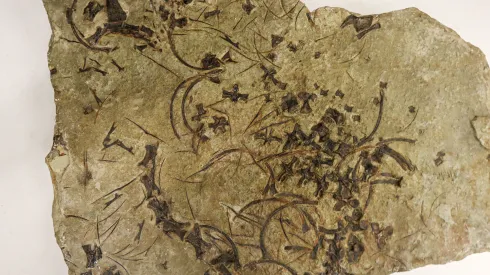
New 245-million-year-old reptile with very long neck discovered
Trachelosaurus, a newly discovered reptile that lived about 245 million years ago, had a very long neck and a long spine. An international team of palaeontologists demonstrated this by going back to a description from a hundred years ago, when the bones were believed to come from several animals. Today it is known that they were the skeleton of one individual.
-
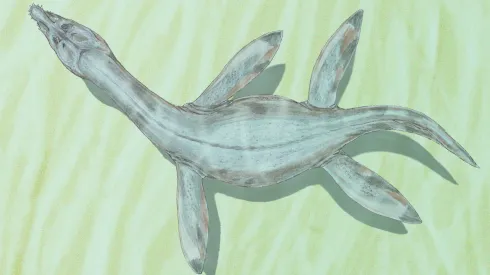
'Forgotten' marine reptile an important puzzle in plesiosaur evolution
The marine reptile Trematospondylus macrocephalus was described in 1858; it is one of the oldest plesiosaurs known to science. However, it was soon forgotten - until now. New research shows that it is an important piece in the evolutionary puzzle of this group.
-
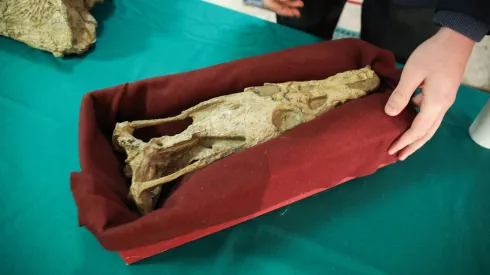
Remains of 240-million-year-old predators found in Miedary
Polish scientists have discovered the remains of over 1,000 specimens of extinct animals dating back approximately 240 million years. Among them are the bones of a reptile previously unknown to science.
-

Extinct reptile sheds light on aquatic evolution
A Polish-Chinese scientific team has described a new marine reptile that lived about 250 million years ago in what is now China. The discovery sheds new light on the evolution of the aquatic lifestyle of extinct reptiles and confirms the close relationship of turtles with dinosaurs and their relatives.
-
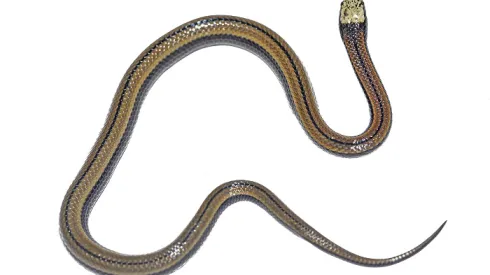
Łódź researcher names new species of snake after university colleague
A new species of snake has been named after a professor from the University of Łódź.
-

One in five reptile species threatened with extinction, says new report
A staggering 21 percent of reptiles in the world are threatened with extinction, a new report in Nature says.
-
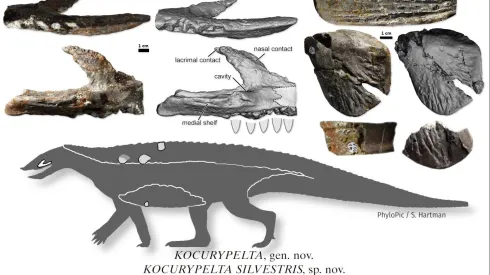
New prehistoric reptile species related to crocodiles found in southwest Poland
A new species of aetosaur - a prehistoric reptile resembling today's crocodiles – has been discovered in southwest Poland.

